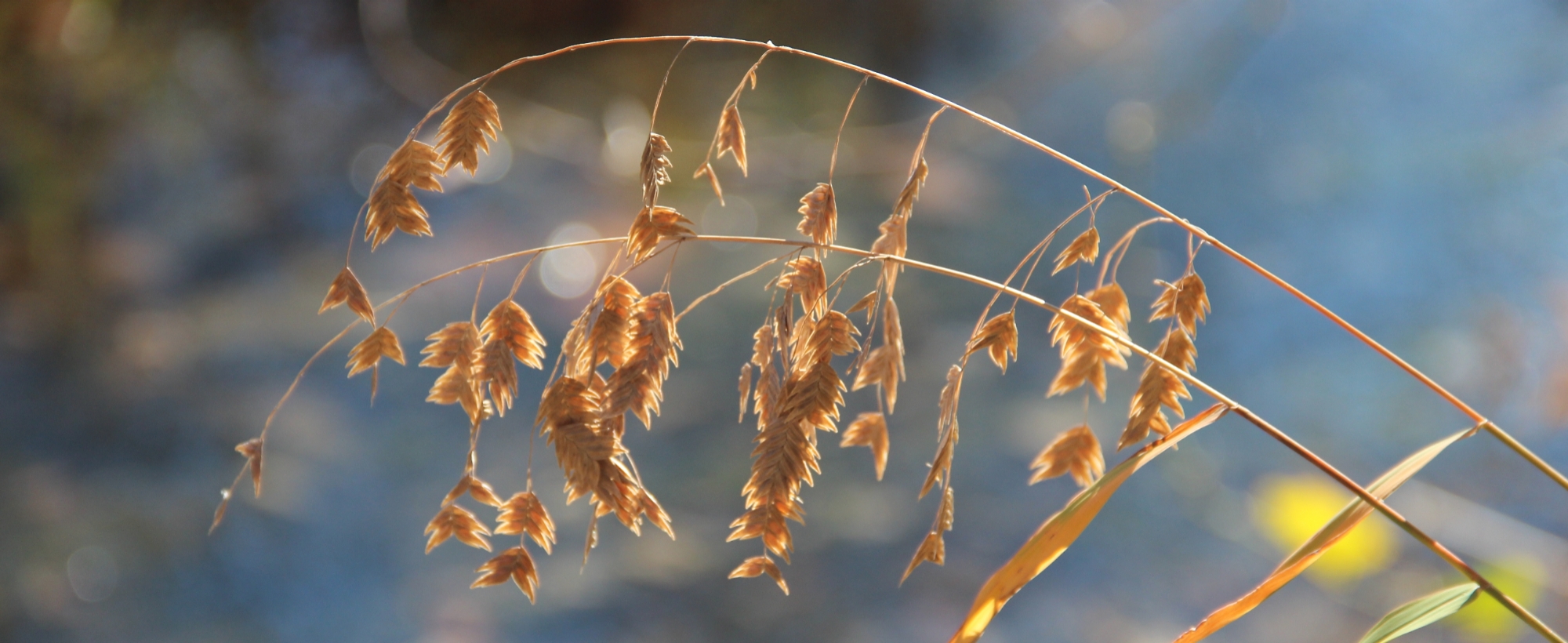
The Red-Bellied Woodpecker's choice of habitat is as distinctive as its appearance. Preferring deciduous woodlands, this species is also found in swamps, orchards, and wooded suburban areas, often nesting in cavities of dead trees or abandoned woodpecker holes. Their diet consists of insects such as beetles and ants. They are known to forage skillfully, using their sharp bill to chisel into tree bark and extract their prey.
While venturing through Oliver’s Woods, one may have the fortune of catching a glimpse or hearing the striking, Red-Bellied Woodpecker (Melanerpes carolinus). With its iconic red cap, contrasting black and white barred back, and a faint blush on its belly, this avian species captivates birdwatchers and nature enthusiasts alike.
Measuring approximately 9 to 10.5 inches in length and boasting a wingspan of 13 to 16 inches, the Red-Bellied Woodpecker cuts an impressive figure within its forested habitat. While both sexes share the vibrant red cap, the male sports a more extensive red patch that extends from the nape to the forehead, while the female's red is confined to the nape region.
These woodpeckers are not only fascinating for their feeding habits but also for their vocalizations. Emitting a distinct, rolling "churr" call, these birds are easily identified by their characteristic sound, even when they remain elusive among the treetops. During mating season (March through May), drumming on trees serves as an essential part of their courtship display, further showcasing their unique communication techniques.
As a keystone species, the Red-Bellied Woodpecker plays a vital role in maintaining the health of the forest ecosystem. By controlling insect populations and creating nesting cavities for other bird species, their presence is essential for biodiversity. As we continue to learn more about this captivating bird, we are reminded of the importance of preserving the habitats that support these avian wonders.
Learn more about Red-Bellied Woodpeckers:
written by Justyn Rains, OU Environmental Studies student
May 2023